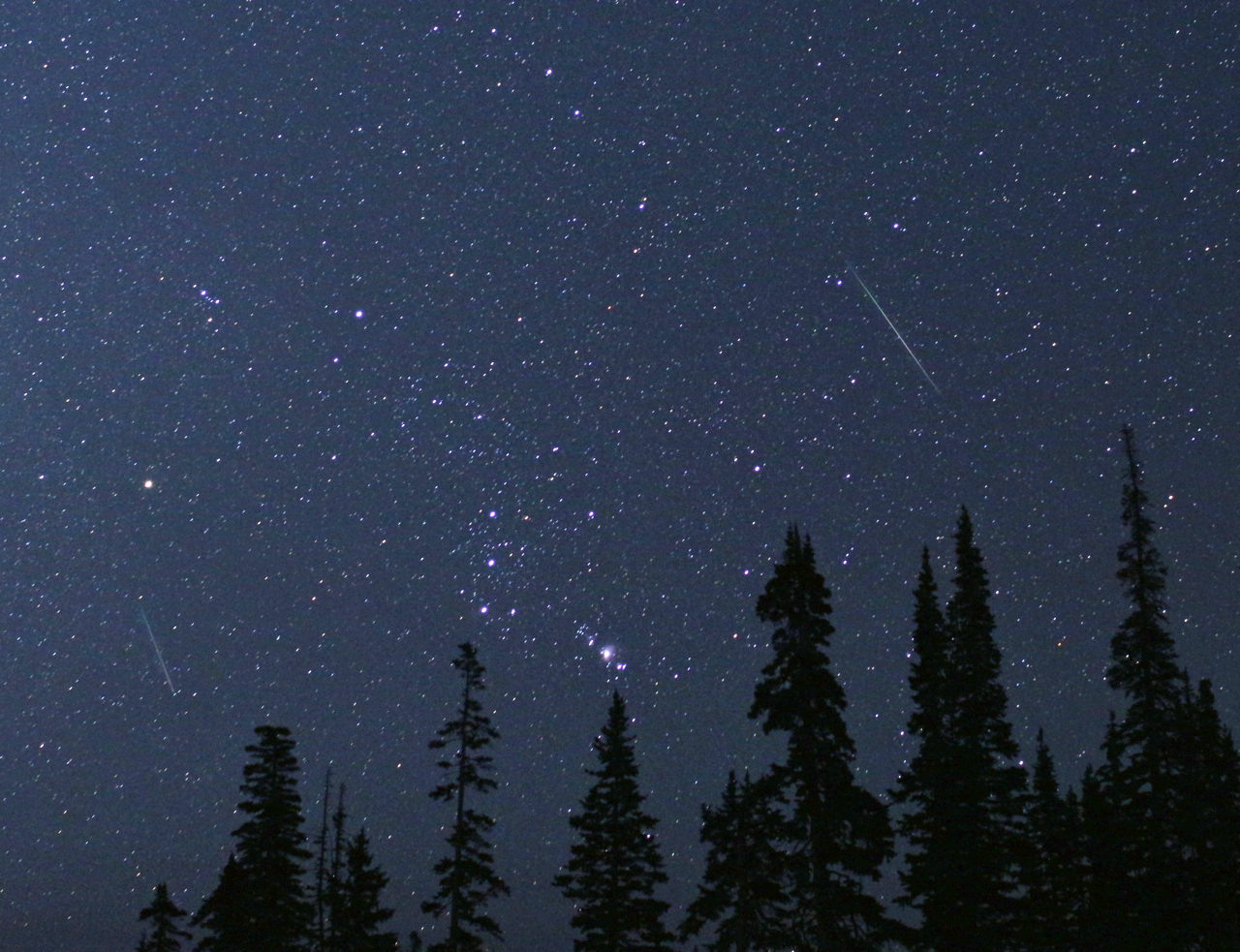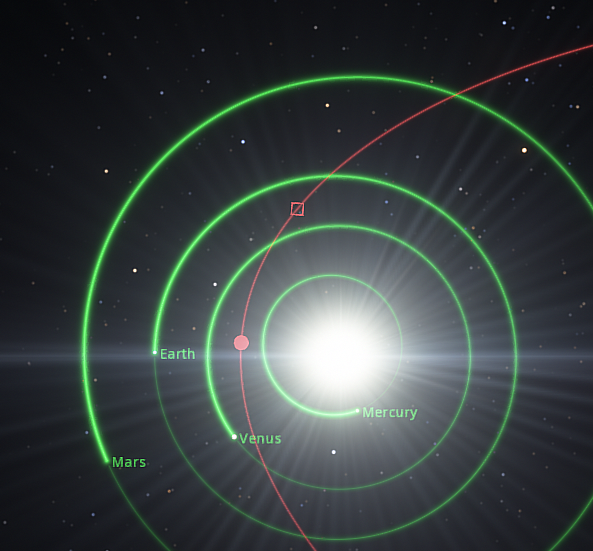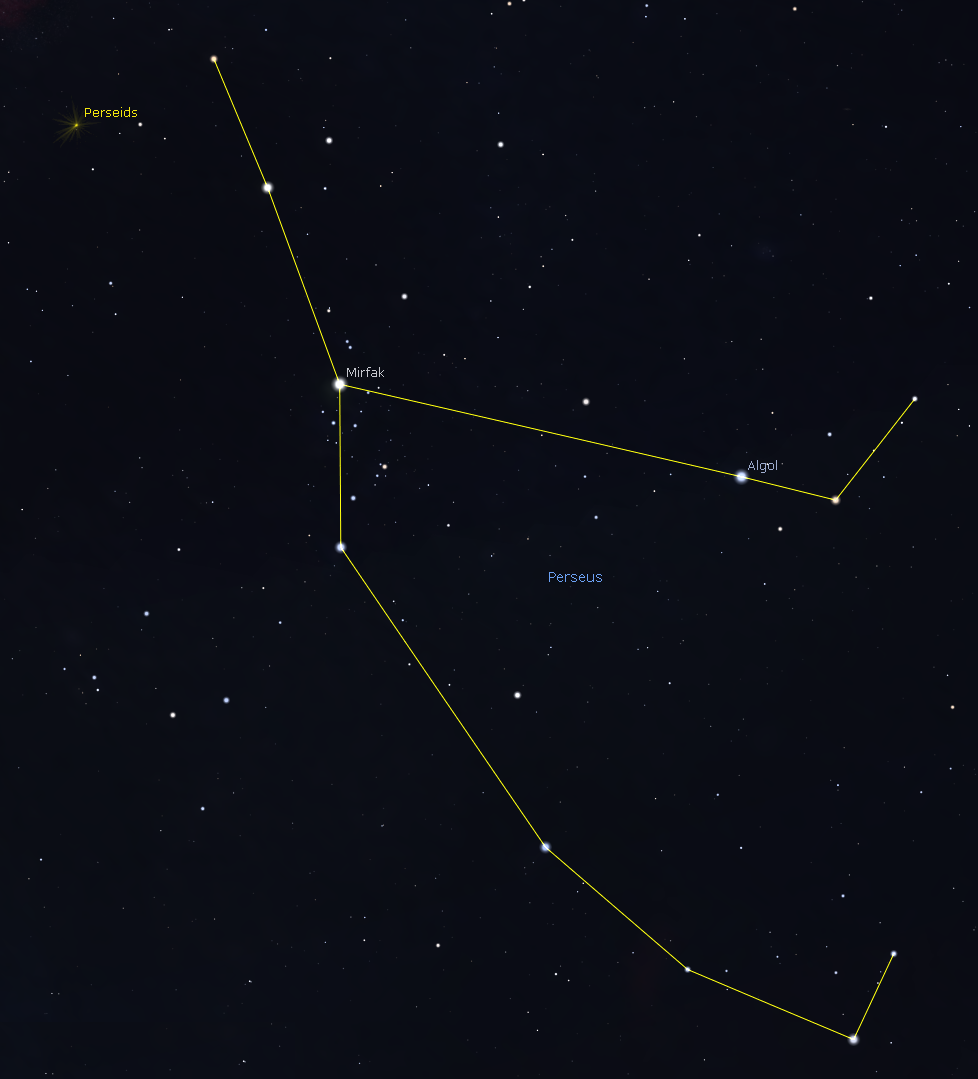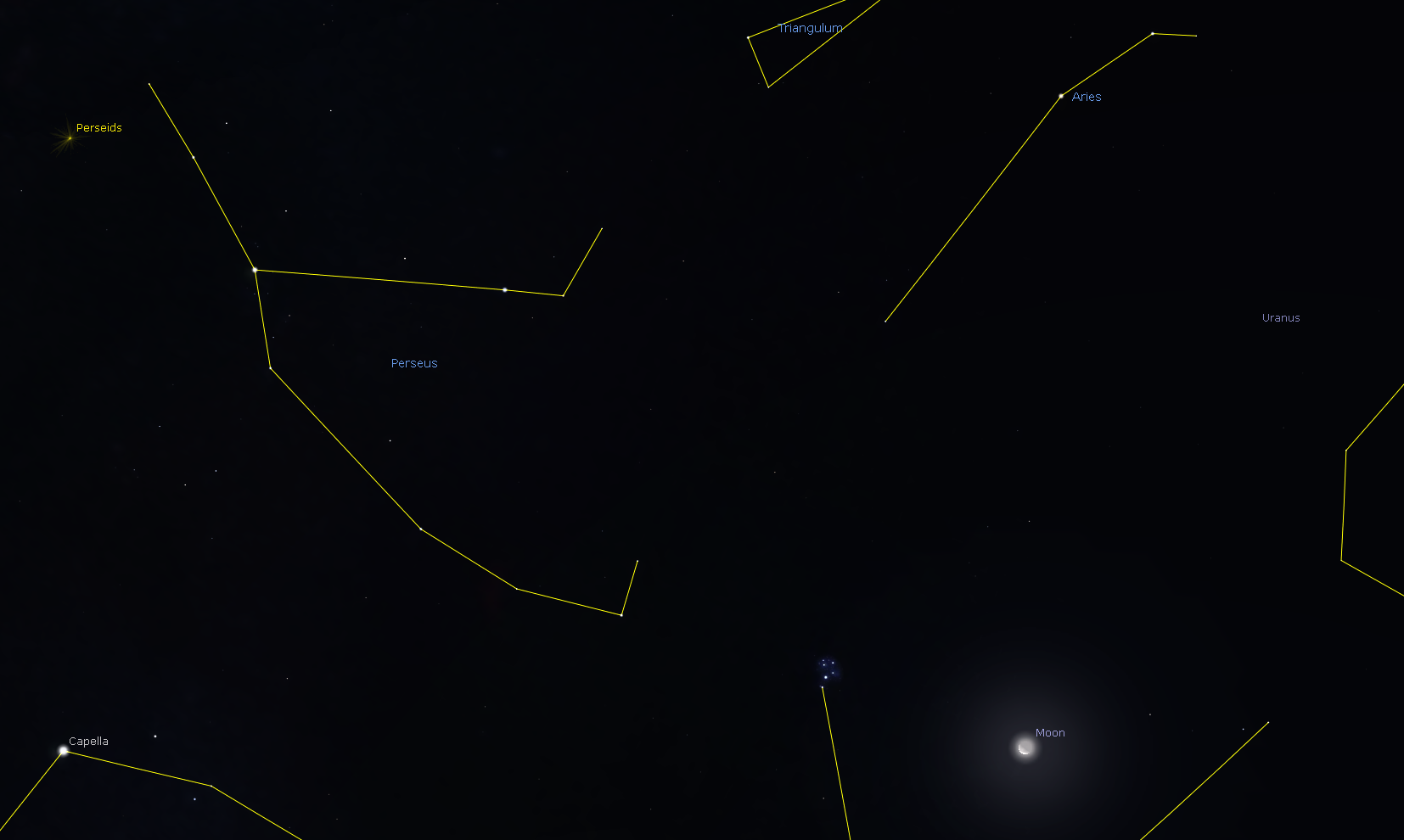Today marks 5 months since the WHO declared COVID-19 a pandemic, and everyone stopped going to school, to work, out in public, and we all just stayed home to stop the spread. In this time, people have learned to adapt their careers, and parents have done their best to educate their kids in the absence of formal public education. Still, we long for some non-screen entertainment (he said, while staring at a screen writing a blog post for the entertainment of others).
Now we’re reaching that time of year where the Perseid meteor shower reaches it’s peak, with all the extra energy and desire for entertainment, I’m getting a lot more questions about the shower, and have noticed a substantial uptick in public interest. And why not? It’s free entertainment that many people can access, requiring only one’s eyes, and some clear skies. Here’s how you can find the Perseid meteor shower, and figure out the best time to look!

The Perseid meteor shower is typically the best one of the year. Not only does it have one of the highest average zhr (Zenithal hourly rate) of all showers during the year, it occurs during summer in the northern hemisphere, where warmer temperatures and typical vacation times mean more of the public can take the time to go observe it. Tonight and tomorrow are the peak evenings for the shower (August 11th-14th), where the ZHR can reach as high as 80 meteors per hour, or higher if the conditions are right. How can anyone see 80 per hour? Where are the conditions perfect?
But First! Why do meteor showers happen?
Meteors hit the Earth all the time! In fact, just today, about 100 tons of space dust hit the Earth! Meteors are occurring all the time all around the world, and if you’re out at night under clear dark skies, you can see a couple of meteors each hour, simply because they’re flying around the Solar System, left over from the chaos that formed the planets.
Meteor showers are special, and are characterized by more meteor strikes than a typical night. They happen because of comets!

Comets are big dirty snowballs, several kilometres across, being blasted by the heat of the Sun as they approach the inner solar system on their long elliptical orbits. The energy of the Sun melts ice, heats and expands gases, and liberates dust and ionized gas from the comet. The dust and gas form the tails of the comet that we can see from Earth, just like we did a few weeks ago with C2020/F3 NEOWISE.
But not all comets are equal! There’s something special about the comets that create meteor showers: They cross the orbit of the Earth.

When the comet crosses Earth’s orbit and loses dust from solar heating, it leaves a trail that follows behind it for millennia as it follows a path close to the Sun and then back to the distant reaches of the outer Solar System. Over many orbits, the dust builds up throughout the orbit of the comet, thicker in some parts than others. When the Earth passes through this dust trail at the same time each year, the dust hits the atmosphere and burns up as meteors, giving us a timely meteor shower.
This is also why the quality of a meteor shower is hard to predict in any given year. There may be more or less dust in the comet’s orbital trail, and some years we get lucky to collide with more!
The best time and place to see the shower
The best time to view any meteor shower is with the darkest possible skies and the radiant* at the highest point.
(*The ‘Radiant’ is the point where the meteors in the shower seem to originate, on average. This is why showers are given specific names. The Perseids have their radiant in the constellation Perseus, the Hero.)

For darker skies, if you can’t escape the city lights, waiting until the commotion of city life dies down might help, and travelling far from city lights to rural areas will definitely help. The number of meteors you can see scales with the sky’s limiting magnitude, which means that even a little bit of sky glow can cut down the number of meteors you would see substantially.
The radiant (the constellation Perseus) rises at sunset in the Northeast, and keeps rising all night, so if you’ve heard that it’s best to look for meteors in the early morning, this is true. We want the radiant high in the sky so there are less clouds in the way, less atmosphere to scatter light, and more meteors coming straight at us (sounds dangerous, but it’s not)! However, even with dark skies, this year we have a problem: The Moon.

The Moon is the second brightest natural object in the night sky, especially when it’s full, but even a 45% illuminated Moon (as is the case with the early Wednesday morning on August 12th) can be bright enough to wash out the dimmest meteors, and limit your night vision.
The Moon will rise just after midnight on the night of August 11th/12th, so even though the radiant will continue to rise, the bright Moon will diminish any returns a higher radiant would give.
To Summarize:
- Find the darkest skies possible to see the maximum number of meteors, even the dim ones!
- Go out after dark and look for Perseus rising in the Northeast.
- Keep watching past midnight, but know that once the Moon rises, you’ll probably see fewer meteors.
- Enjoy!
Same time next year?
